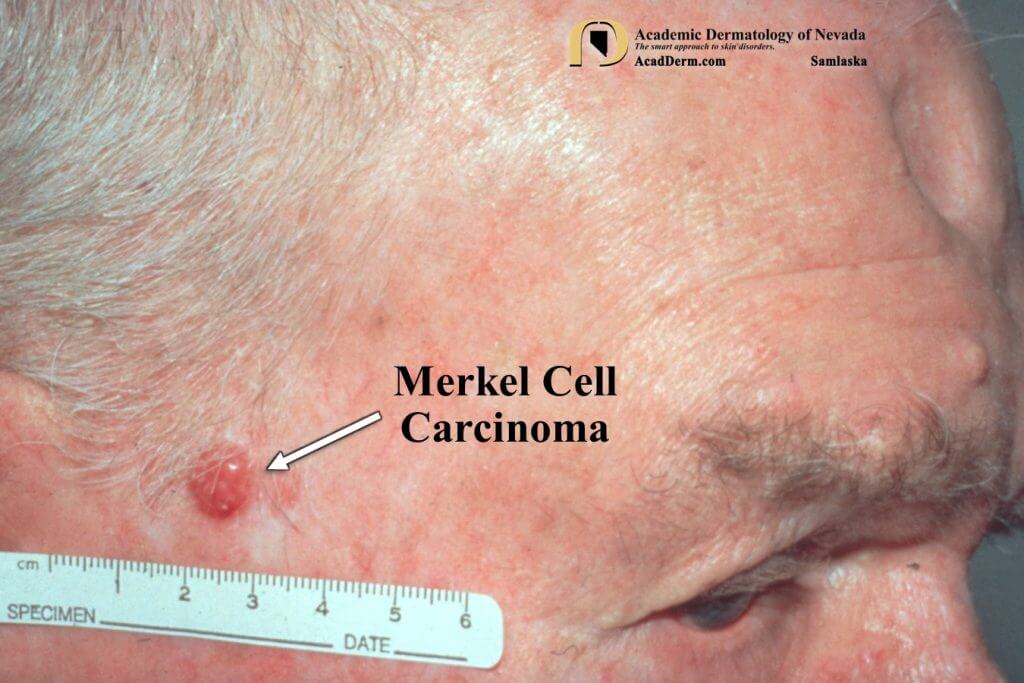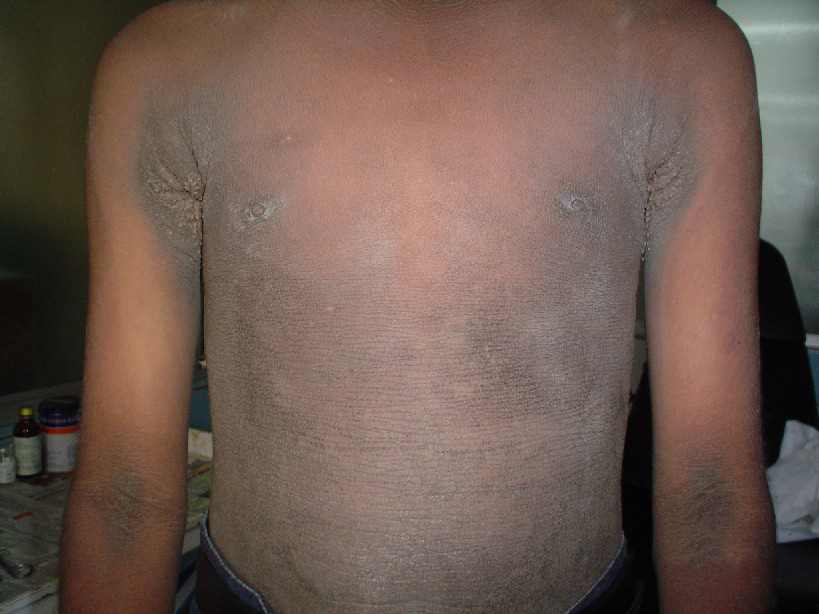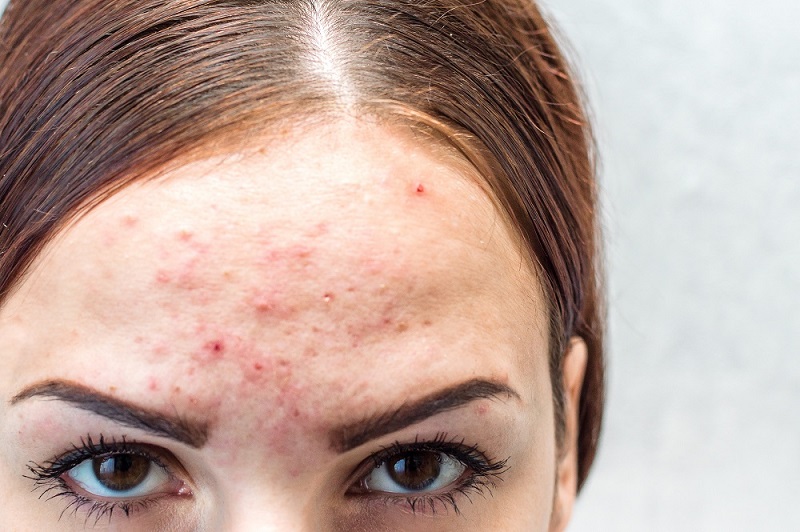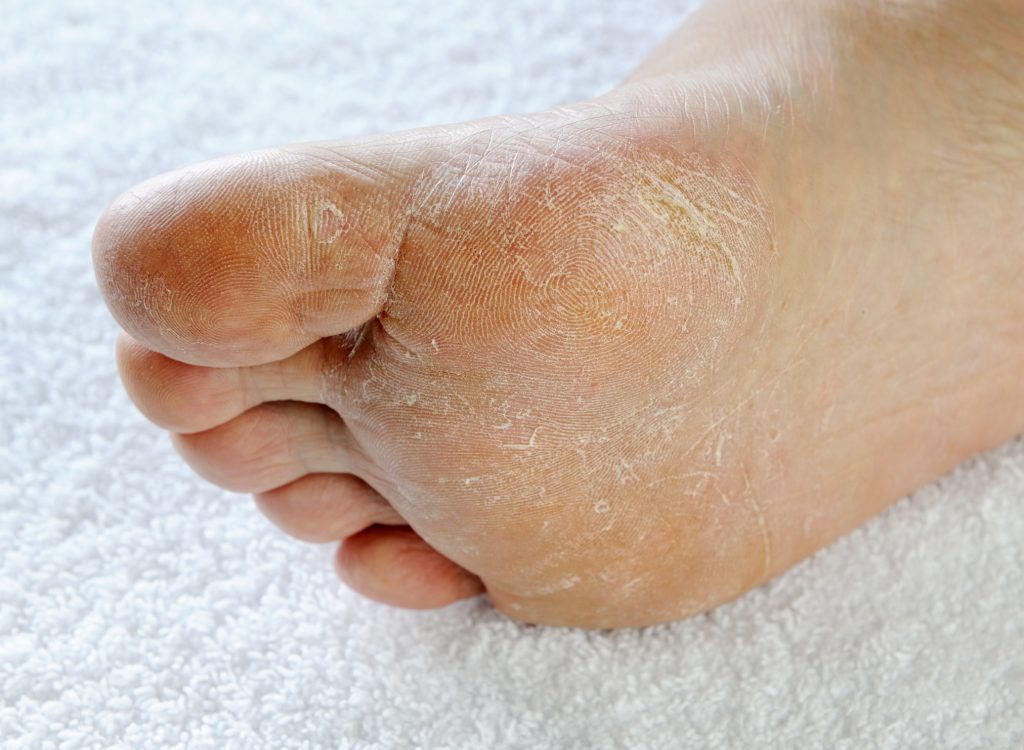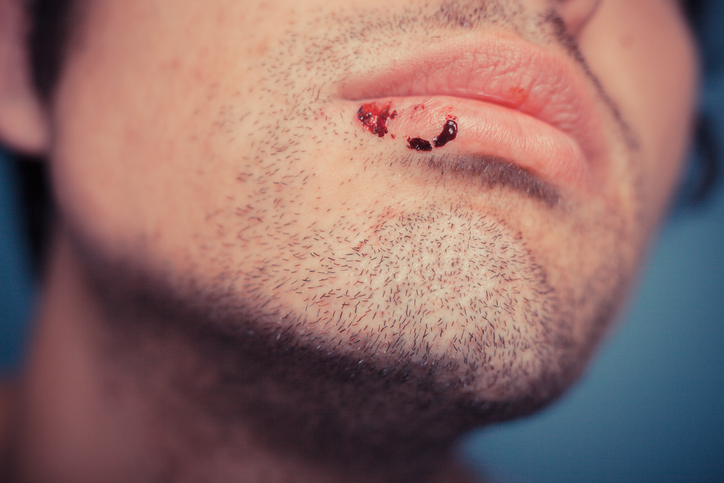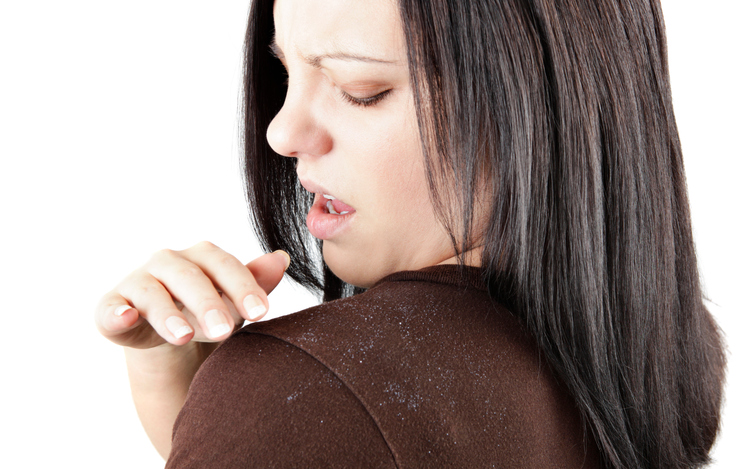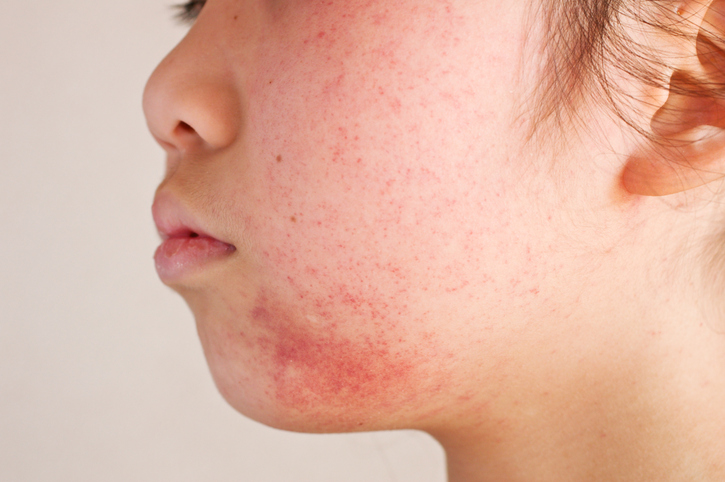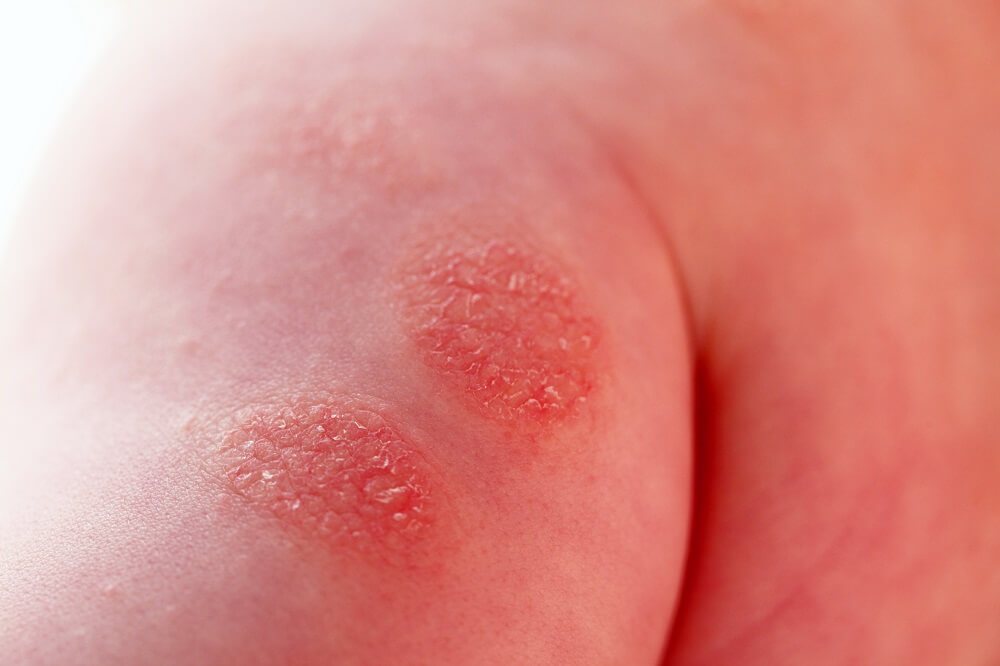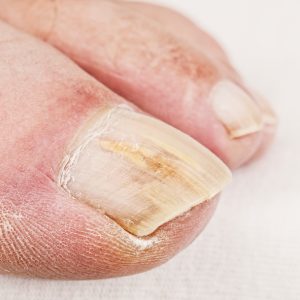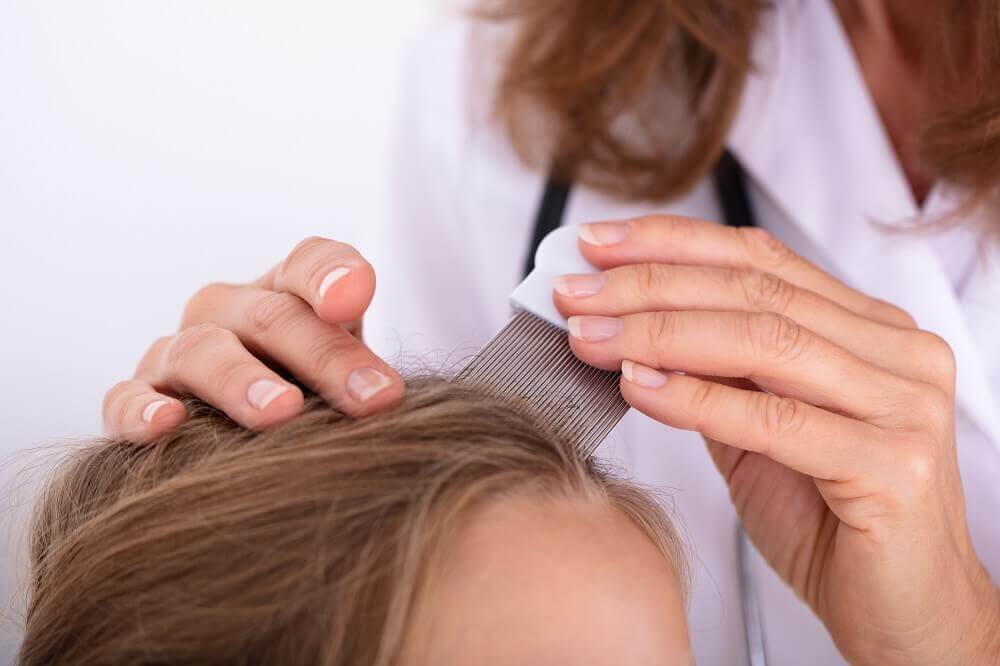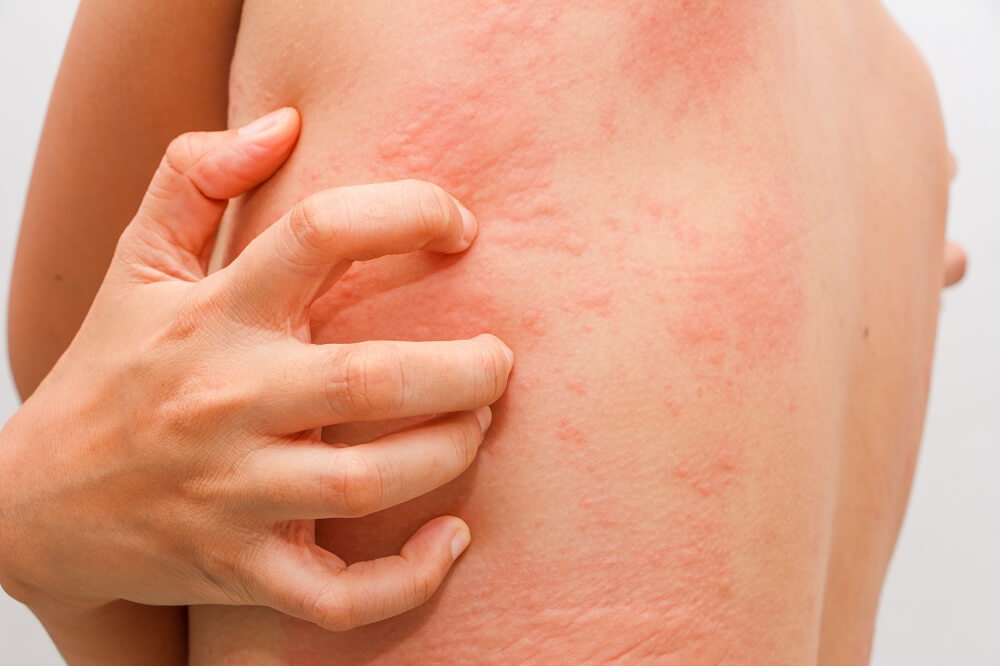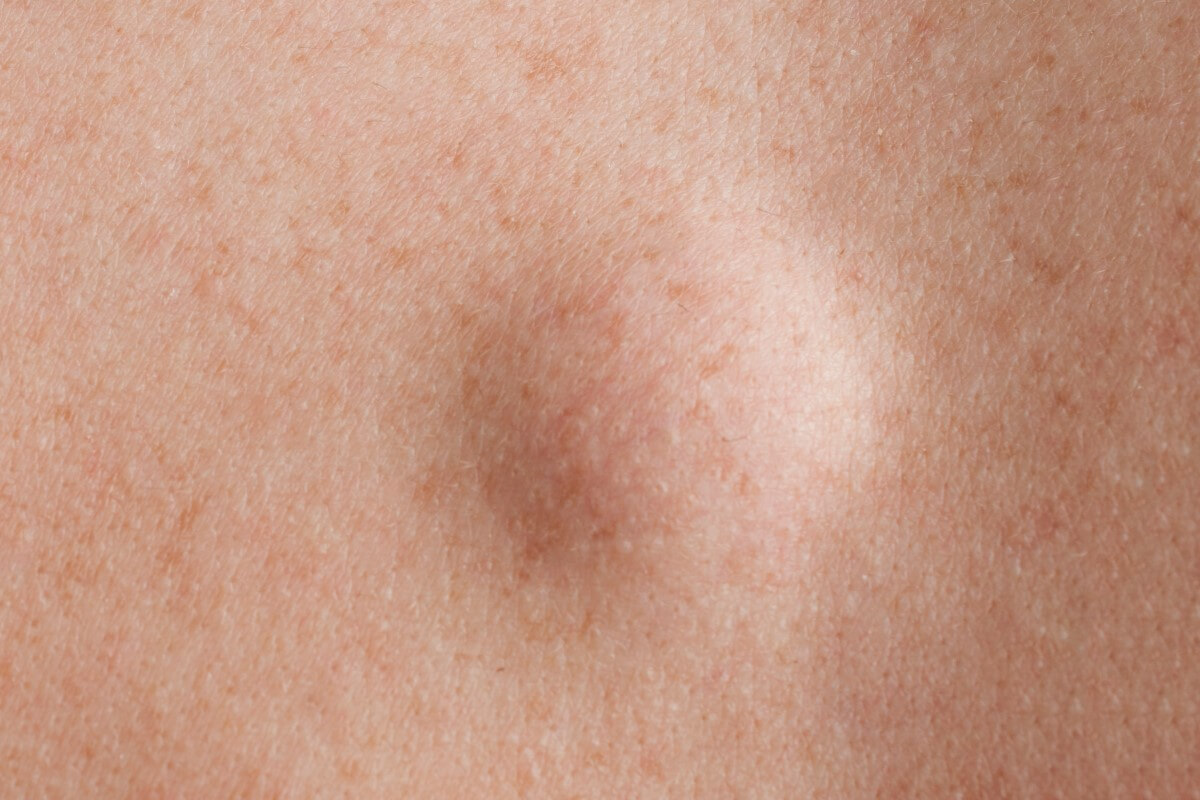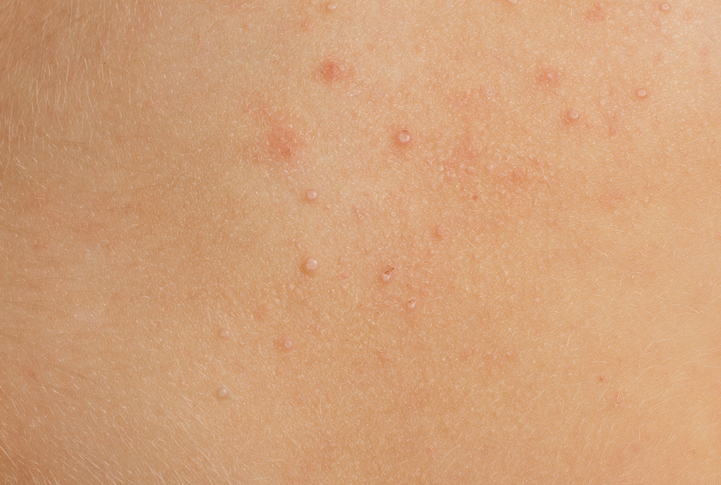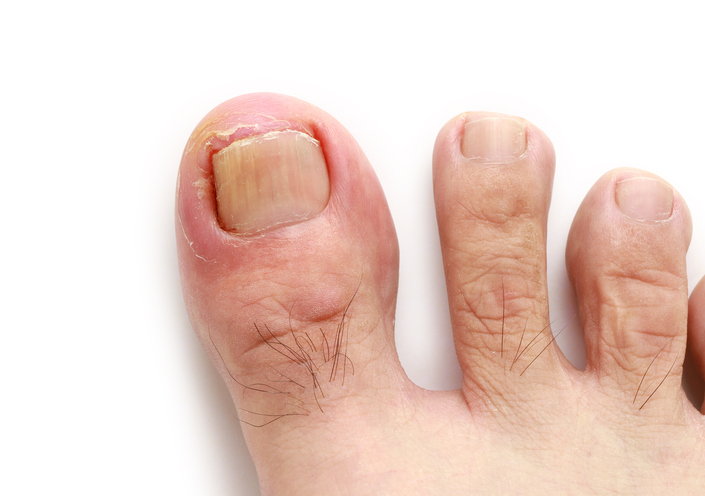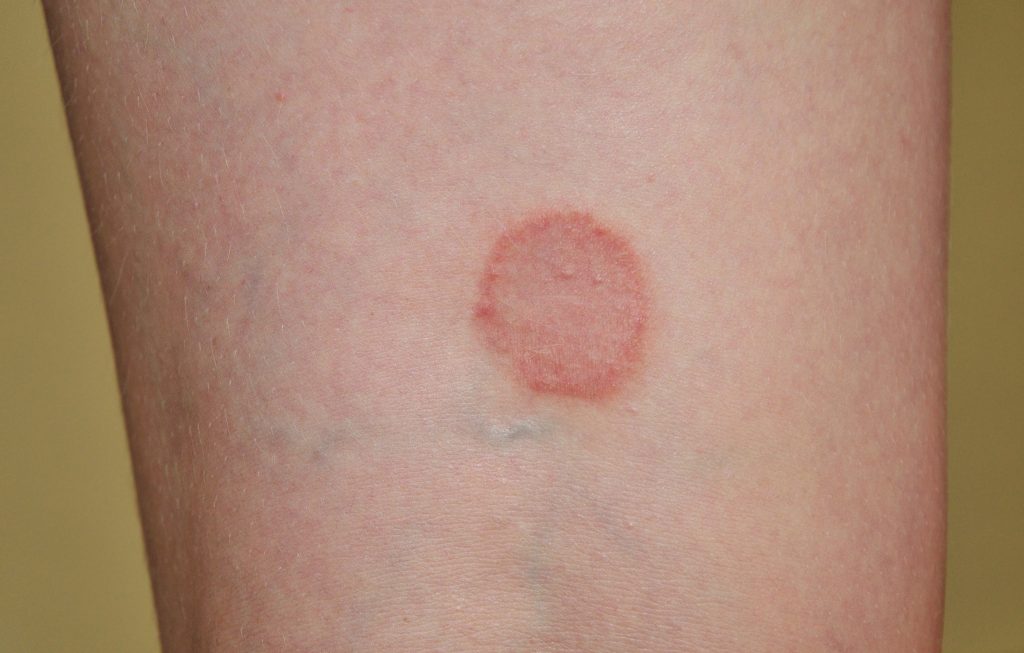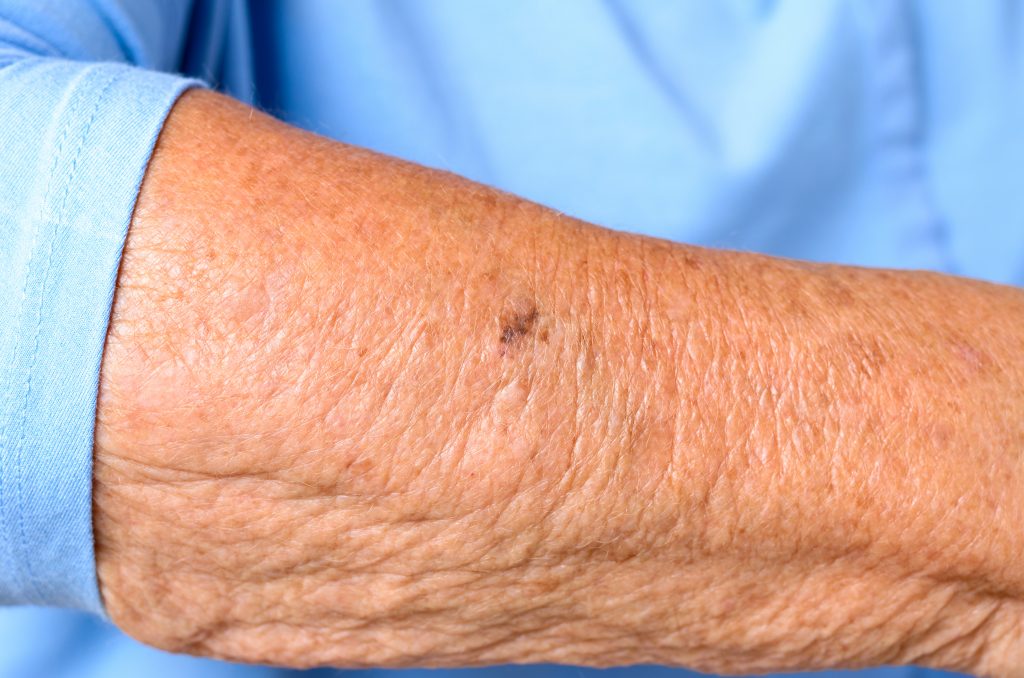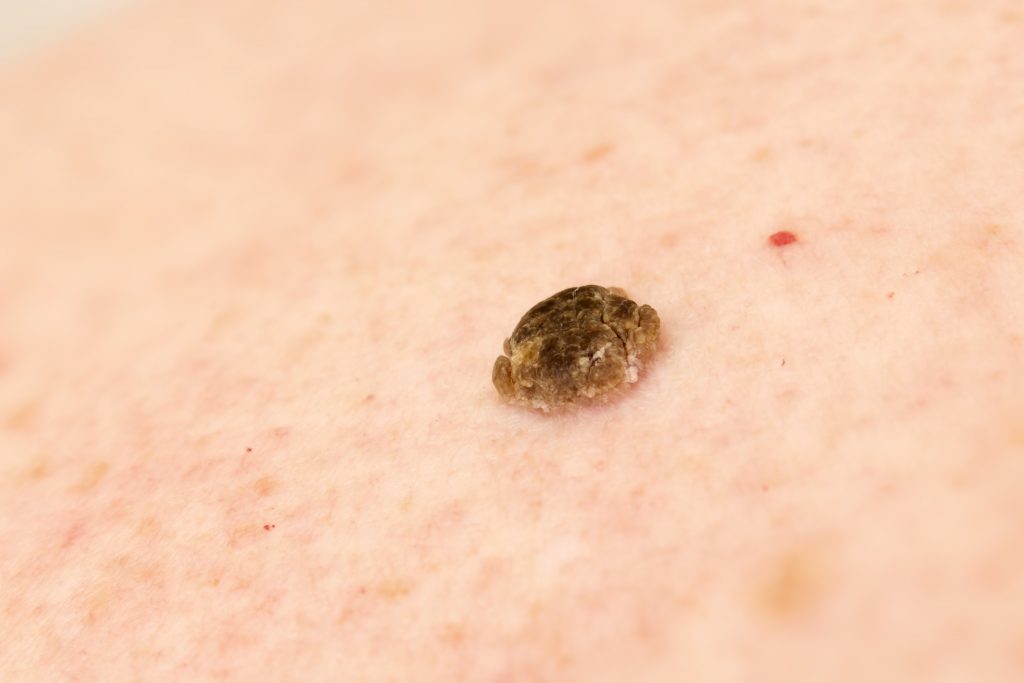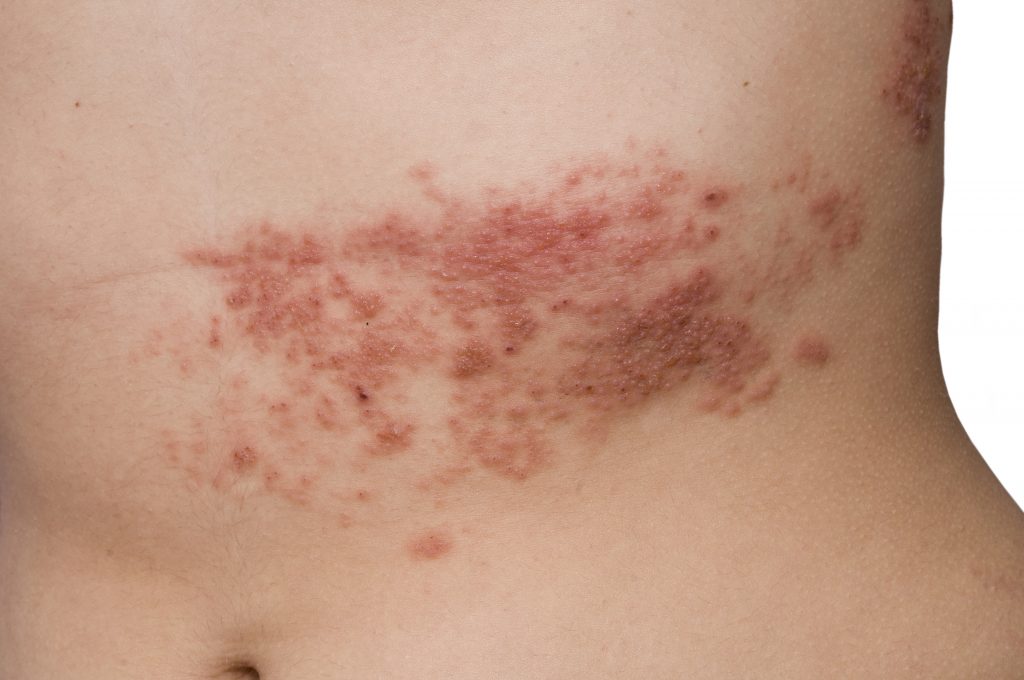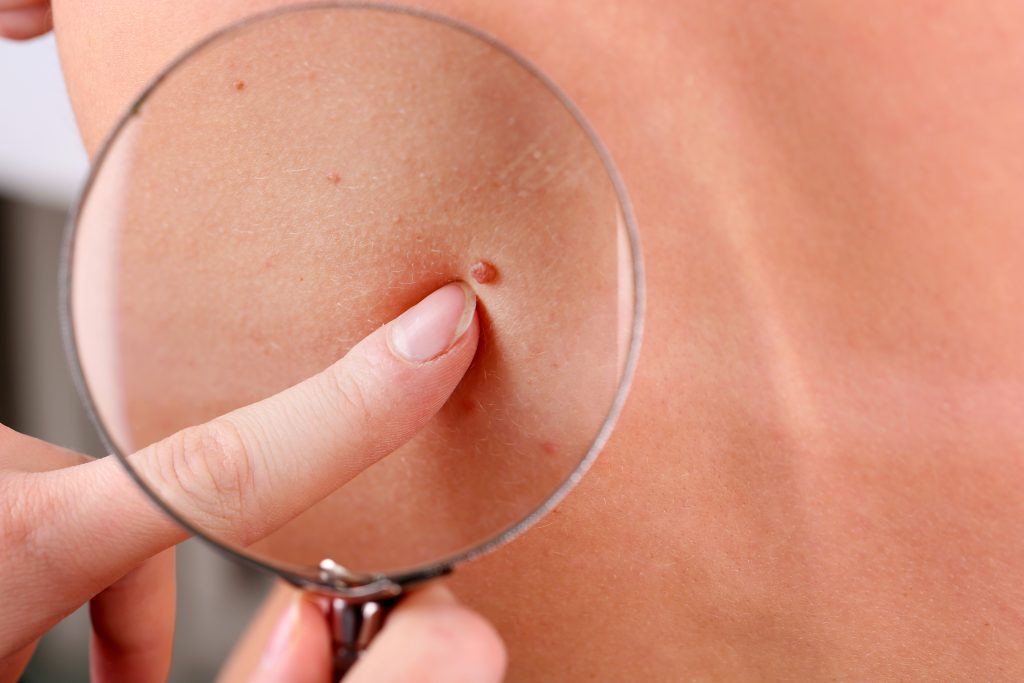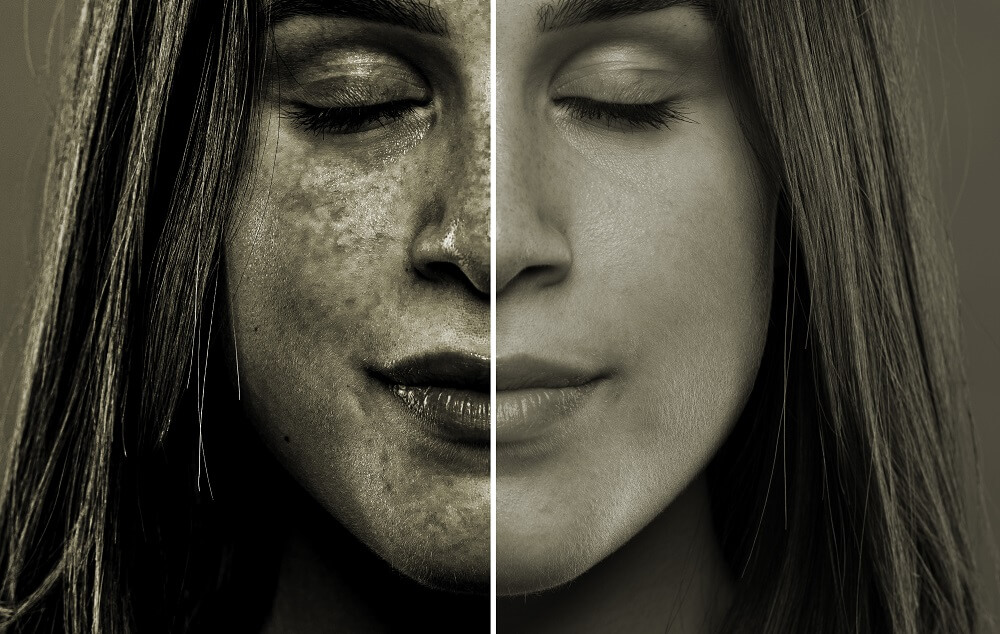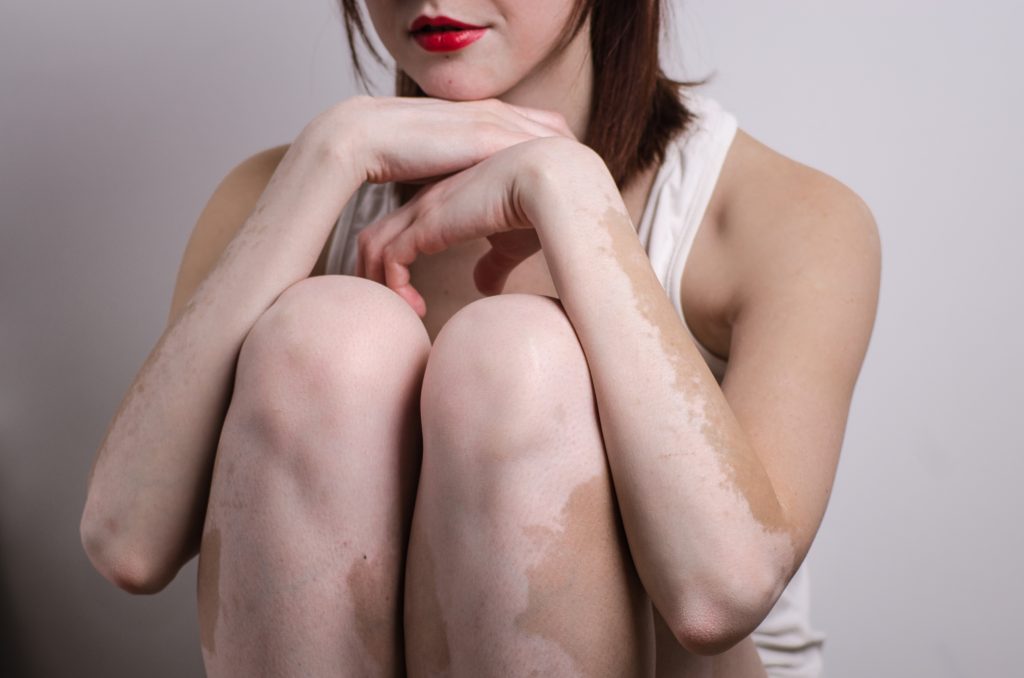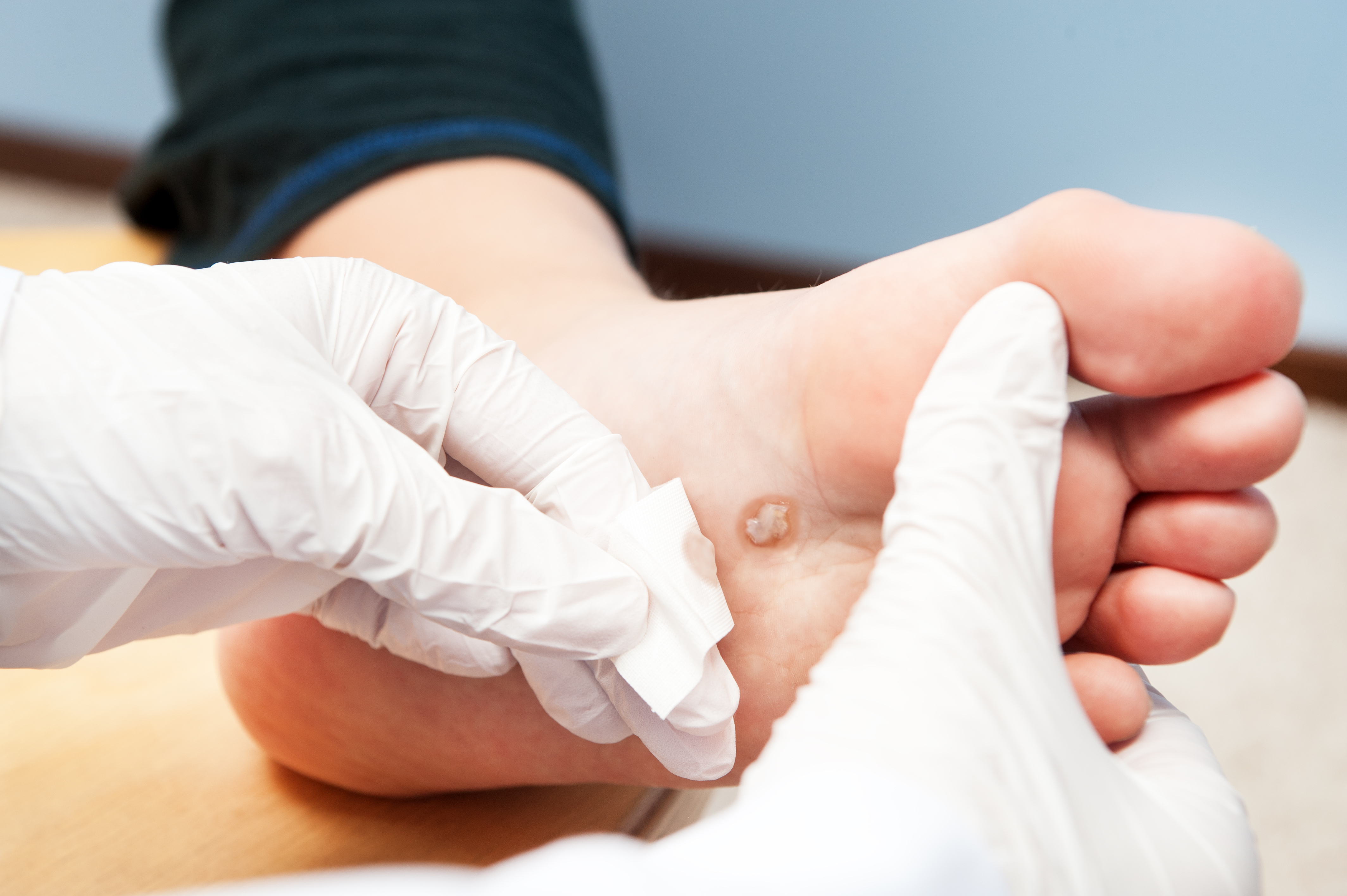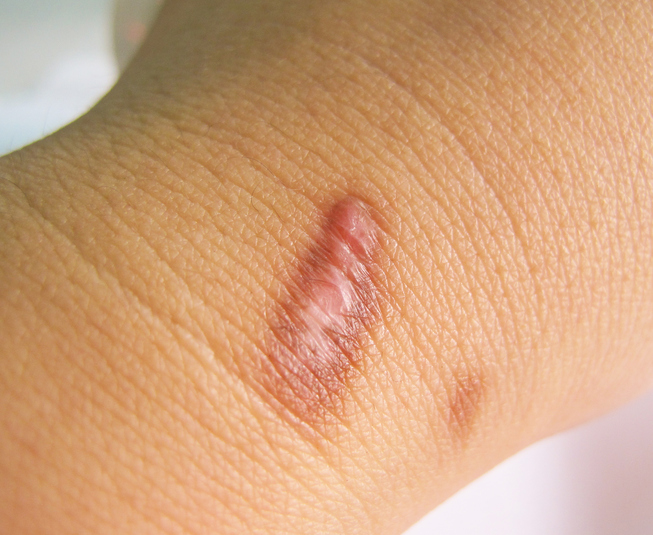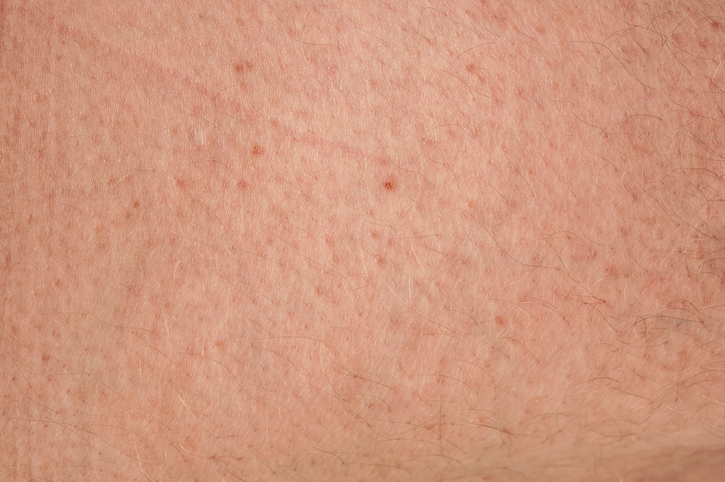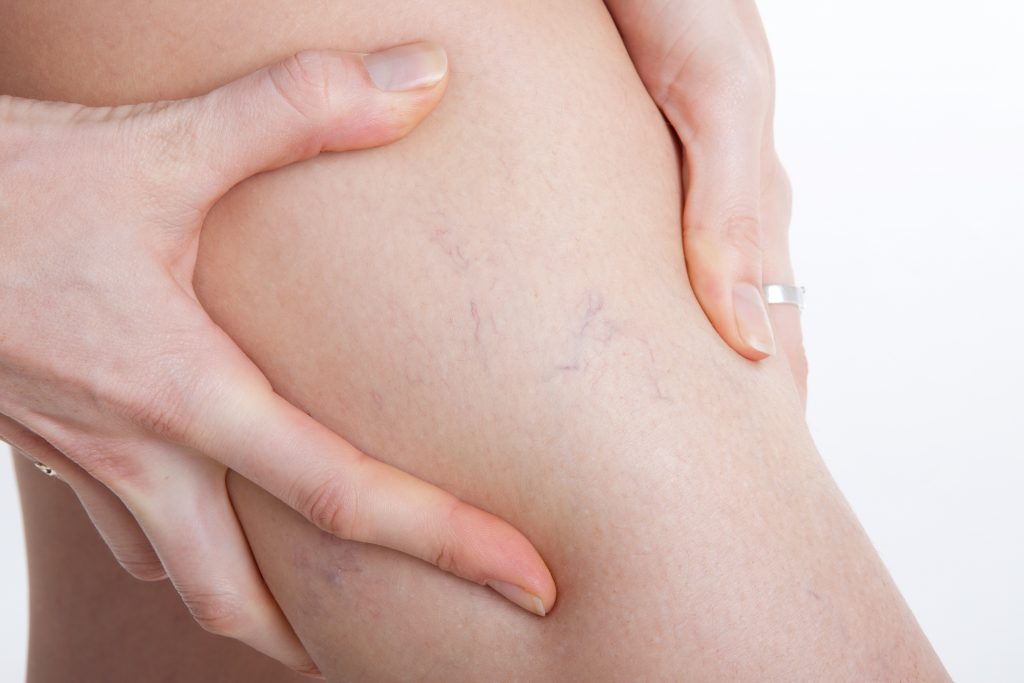Margaret Kessler, MD, FAAD
Board-Certified Dermatologist
Fellow of the American Academy of Dermatology
Dr. Margaret Kessler is a board-certified dermatologist who enjoys taking care of a wide range of conditions in both adult and pediatric patients and strives to provide quality dermatologic care. During her training at Case Western Reserve University, she developed a strong medical and surgical dermatology knowledge base. Her goal is to foster a trusting relationship with her patients by helping them gain an understanding of their condition in a respectful and comfortable environment. Dr. Margaret Kessler is caring for patients at U.S. Dermatology Partners Phoenix on 7th Street, formerly Medical Dermatology Specialists Phoenix.
Dr. Margaret Kessler’s scope of practice includes general and surgical dermatology for both adult and pediatric patients with a special interest in the following:
- Psoriasis and psoriatic arthritis
- Immunobullous disorders
- Infectious diseases of the skin
- Cutaneous oncology
- Autoimmune disorders
- Cutaneous manifestations of systemic disease
Dr. Margaret Kessler is an associate professor in the Department of Dermatology at University of Arizona College of Medicine, Phoenix.
Hospital Privileges
- Banner – University Medical Center Phoenix in Arizona
- Joseph’s Hospital and Medical Center in Phoenix, Arizona
Leadership & Community Service
- Arizona Dermatology & Dermatologic Surgery Society, 2010-present
- American Academy of Dermatology, 2006-present
- American Medical Association, 2009-present
- American Society for Dermatologic Surgery, 2009-present
- Phoenix Dermatologic Society, September 2009-present
- Staff Dermatologist, Banner Good Samaritan 925 Free Clinic, 2009-2011
- Physician participant: Wellcare Foundation 2010-2012
- Curriculum Revision Committee, NEOUCOM, 2005
- Peer Mentor for NEOUCOM class of 2006, 2002-2005
- AIDS Volunteers of Cincinnati (AVOC), 2000-2001
- Susan G. Komen Breast Cancer Foundation, 1998-2000
- Alpha Omega Alpha, Junior Inductee, May 2004-June 2005
- Vice President May 2004-2005
- American Medical Student Association, 2001-2004
- AIDS Task Force Leader, 2001-2002
- American Medical Women’s Association 2001-2003
Specialties and Affiliations
Badges and Awards
Featured Blogs
Clinic Locations
Publications
Dr. Margaret Kessler has participated in the following research studies and publications:
- 2015 Smith JA, Kessler, M, and Culpepper K. Multiple Firm Yellow Papules Involving Bilateral Helical Rims: Tophi as the Initial Clinical Presentation of Hyperuricemia. Cutis. Accepted for publication.
- 2011 Lee K, Culpepper K, Kessler, M. Levamisole-induced thrombosis: literature review and pertinent laboratory findings. J AM Acad Dermatol. 2011 Oct;65(4):e128-9.
- 2010 Ferenczi K, Ohtola J, Aubert P, Kessler M, Sugiyama H, Somani AK, Gilliam AC, Chen JZ, Yeh I, Matsuyama S, McCormick TS, Cooper KD. “Malignant T cells in cutaneous T-cell lymphoma lesions contain decreased levels of the antiapoptotic protein Ku70”; Br J Dermatol, April 2010.
- 2009 Ferenczi K, Ohtola J, Aubert P, Kessler M, Sugiyama H, Matsuyama S, McCormick T, Cooper KD. “Decreased T cell expression of the anti-apoptotic protein Ku70 in CTCL skin lesions”; The Society for Investigative Dermatology Annual Meeting, 2009, Montreal, Canada.
- 2008 Ferenczi K, Ohtola J, Somani AK, Kessler MA, Young A, Sugiyama H, Matsuyama S, Gilliam AC, McCormick TS, Cooper KD. “Increased Cell Surface Ku70/Ku80 Expression on T Cells Following Apoptosis or Activation Inducing Signals”; The International Investigative Dermatology Meeting, May 2008, Kyoto, Japan.
- 2008 Kessler MA, Torres-Bonilla G, Winfield H. “Inoculation of Mycobacteria into a Tattoo”; Cleveland Dermatology Society Meeting, Sept. 2008.
- 2007 Kessler MA, Tamborro J. “X-linked Ichthyosis in 3 Brothers”; Cleveland Dermatologic Society Meeting, Nov. 2007.
- 2007 Nedorost S, Kessler MA, McCormick T. “Allergens Retained in Clothing”; Dermatitis, 2007; 18:212-4.
- 2007 Kessler MA, Cooper KD, Kaur H, Gilliam AC. “A Case of Erythematous Supravenous Drug Eruption: One End of the Serpentine Spectrum”; The American Society of Dermatopathology Annual Meeting, Oct. 2007, Baltimore, MD.
- 2006 Nedorost S, Kessler MA. “Paraphenylenediamine: Contact Allergen of the Year 2006”; Cleveland Dermatologic Society Meeting, Sept. 2006.
- 2006 Evers M, Kessler MA, Tamburro J. “Kasabach Merrit Phenomenon”; Cleveland Dermatologic Society Meeting, Sept. 2006.
Research
- 2013-present Subinvestigator for Abbott Psoriasis ESPRIT Registry (P10-023)
- 2011-2013 Clinical Protocol CN 156018 A Multicenter, Randomized, Double-Blind Placebo-Controlled Study of the Safety, Tolerability, Pharmacodynamic and Pharmacokinetic Effects of MHS-708163 in the Treatment of Patients with Prodromal Alzheimer’s Disease. [Not a principal investigator]
- 2011-2013 205MS301: Multicenter, Double-blind, Randomized, Parallel-group, Monotherapy, Active-control Study to Determine the Efficacy and Safety of Daclizumab High Yield Process (DAC HYP) versus Avonex (Interferon Beta-1a) in Patients with Relapsing-Remitting Multiple Sclerosis [Not a Principle Investigator]
- 2007-2008 Brightfield and confocal microscopy of the anti-apoptotic factor Ku 70 in normal skin and cutaneous T cell lymphoma. Case Western Reserve University, Dermatology Residency Program; Cleveland, Ohio.
- 1998-1999 Clinical Research Assistant. Mercy Medical Center, Department of Internal Medicine, Gregory Rutecki MD, and Frederick Whittier MD, Canton, Ohio.
Insurance Plans Accepted By Margaret Kessler, MD
- Aetna
- Americas Choice Provider Network (ACPN)
- Arizona Foundation for Medical Care (AFMC)
- Banner Health
- Blue Cross Blue Shield (BCBS)
- Cigna
- Health Smart
- Humana
- Medicare
- Multiplan
- Optum Accountable Care
- Private Healthcare Systems (PHCS)
- Railroad Medicare
- Three Rivers Provider Network (TRPN)
- Tricare
- TriWest Healthcare Alliance (TriWest)
- United Healthcare (UHC)
Margaret Kessler, MD accepts most major insurance plans. If your plan is not listed above, please contact the office to verify coverage.
What Our Patients Say
Source : Healthgrades – Apr 11, 2024
Source : Healthgrades – Apr 10, 2024
Source : Healthgrades – Apr 04, 2024







